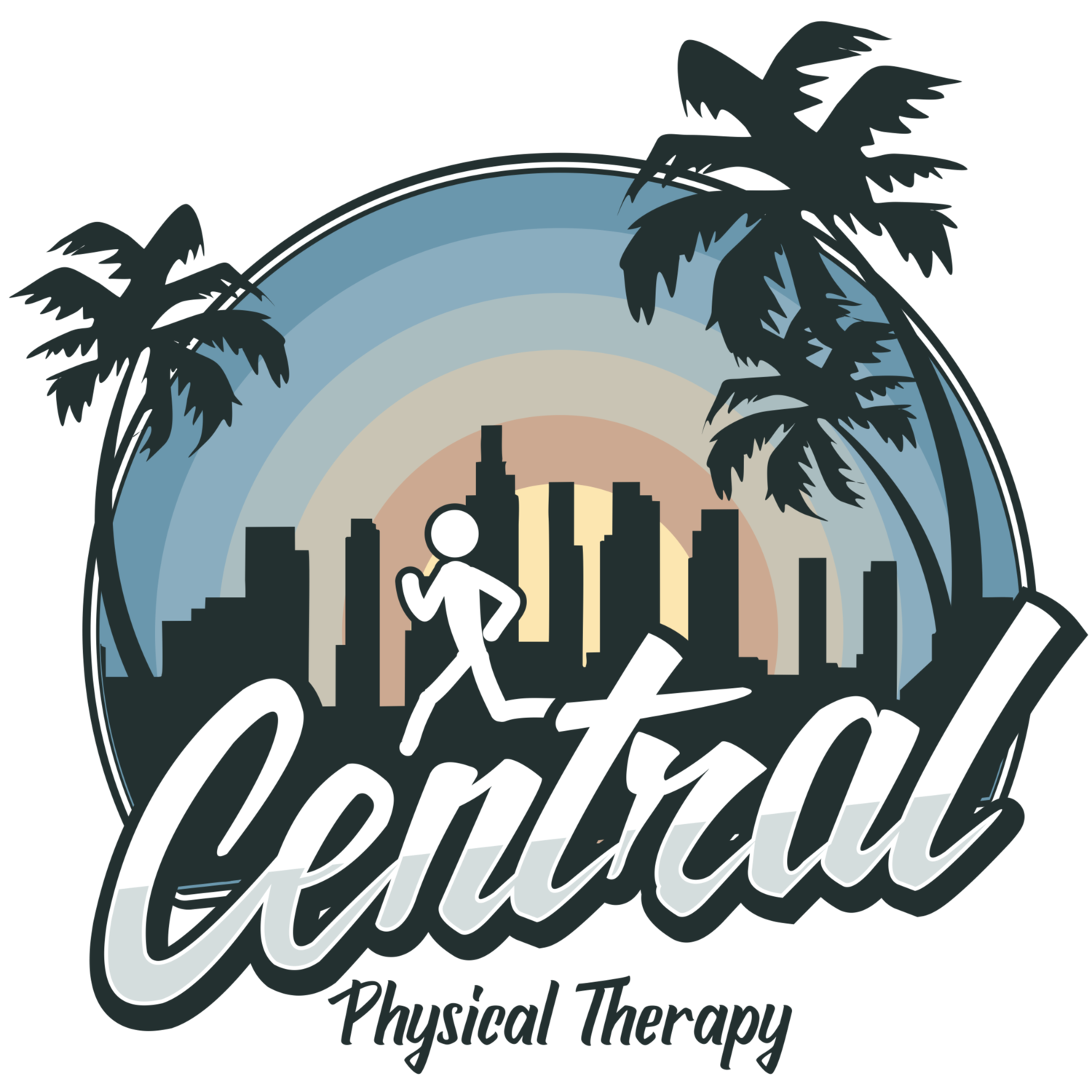“How can I properly stabilize my trunk?”
When most people hear “trunk stabilization” (or “core stabilization”), what comes to mind is typically strengthening the abdominals, gluteal muscles, or low back muscles. And yes strengthening those individual areas will help stabilize and support the trunk/core. But the more important thing is to actually activate and coordinate the muscles in this area properly. Otherwise there could still be stress/strain to passive structures in the area like the intervertebral discs, ligaments. and joints, regardless of how strong those individual muscles are.
What do I mean by activating or coordinating properly? There are three levels that need to be parallel and in proper alignment (on top of each other like 3 floors in a building) to produce optimal stabilization:
(1) the upper neck/floor of mouth
(2) the diaphragm at the lower ribs
(3) the pelvic floor at the pelvis.
Three levels: Upper neck/floor of mouth (not labeled here), diaphragm, pelvic floor muscles
In the lower trunk area, the diaphragm, abdominal muscles, low back muscles, and pelvic floor muscles form a “barrel” or “cylinder” shape like the picture above. You could think of the “lid” of the barrel being the diaphragm and the “bottom” being the pelvic floor. The diaphragm muscle has both a stabilizing function and a breathing function. So each time you breathe in the diaphragm muscle, which is dome-shaped, will flatten and push your organs in the abdominal region downwards towards the pelvic floor, increasing the intra-abdominal pressure (IAP). Think of a lid pushing down on a barrel full of fluid. This would expand the barrel, or cylinder, in all directions (360-degrees) and stabilize the region. If the three levels are not aligned, the diaphragm is not able to flatten out properly in order to increase the IAP and expand the area. The abdominals also have to expand eccentrically (a controlled lengthening) as this happens. If the abdominal muscles are contracting concentrically (in a shortened position) it will prevent the proper expansion needed in this area.
When the muscles are coordinating in this way, it will properly stabilize the trunk, keep the joints in a “neutral” or centered position, and keep the muscles around the joint balanced. Movement would then be most efficient and produce optimal forces.
Of course you need to have enough mobility/flexibility before being able to activate/coordinate properly (soft tissue or joint mobility) so if you’re tight/stiff in certain areas it would help to work on that first — i.e. stretching your hip flexors or quads, gluts, abdominals or working on thoracic spine mobility, depending on where it’s needed. Tightness/stiffness will oftentimes make it difficult to maintain neutral positions.
Links:
-this blog post by Hans Lindgren goes more in-depth about this subject
-this page on DNS provides the background of this
Questions or comments? Contact us.



